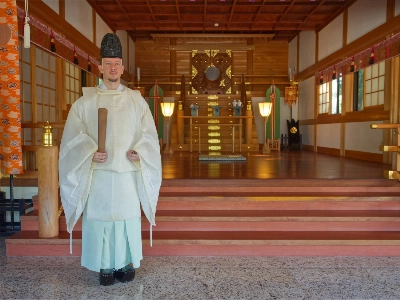Prime Minister Shinzo Abe's recent promise of $30 billion in financing to African countries over the next three years shouldn't have come as a great surprise. Quietly, over decades, Japan has become the leading financier of growth-supporting infrastructure across large swaths of the developing world. Perhaps too quietly.
In fact, few people outside the country appreciate the scope of Japan's official development assistance (ODA). In several South and Southeast Asian countries, the country is the largest provider of foreign assistance and low-cost loans, larger than the United States or the World Bank. Japanese development aid to India, for example, totaled $1.4 billion in 2013 — almost double Germany's effort. (American aid to India that year was only $100 million.) Japan occupies a similarly dominant position in concessional lending to Indonesia, Vietnam and Myanmar.
It has now begun to expand its footprint in Central Asia, particularly in Kazakhstan, as well as Africa. The strategic motivation is obvious. Rival China has invested billions in both regions in recent years, with President Xi Jinping recently promising another $60 billion to Africa alone. The difference is that China's aid money has captured imaginations there and elsewhere in a way that Japan's generosity — it's spent nearly $50 billion in Africa in recent decades — simply hasn't.


















With your current subscription plan you can comment on stories. However, before writing your first comment, please create a display name in the Profile section of your subscriber account page.